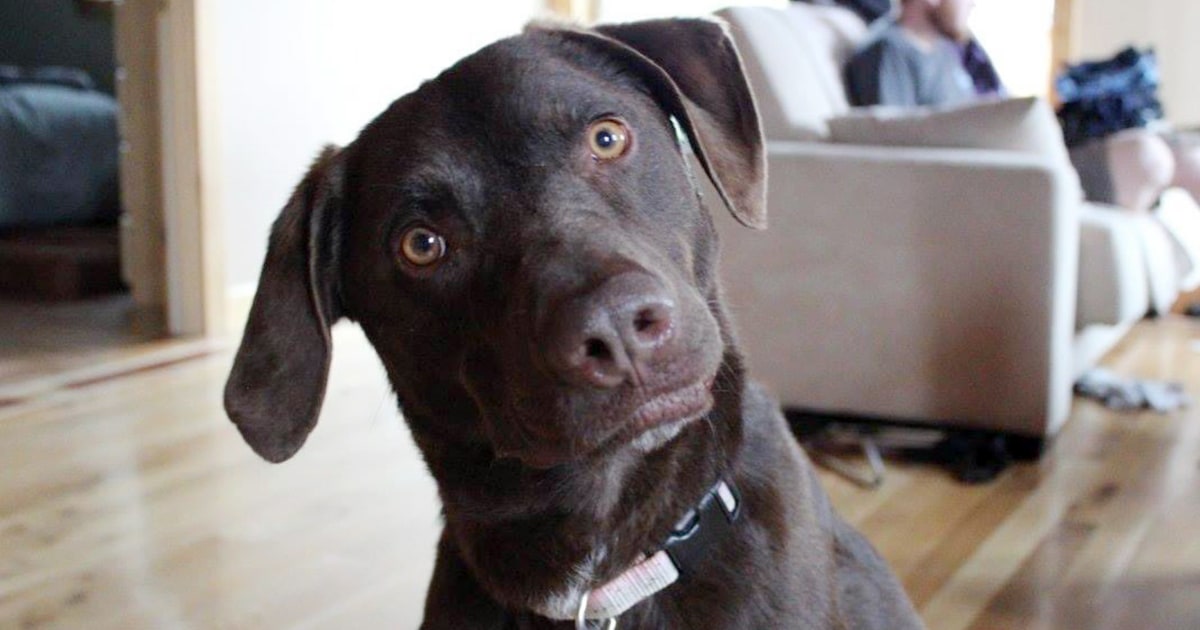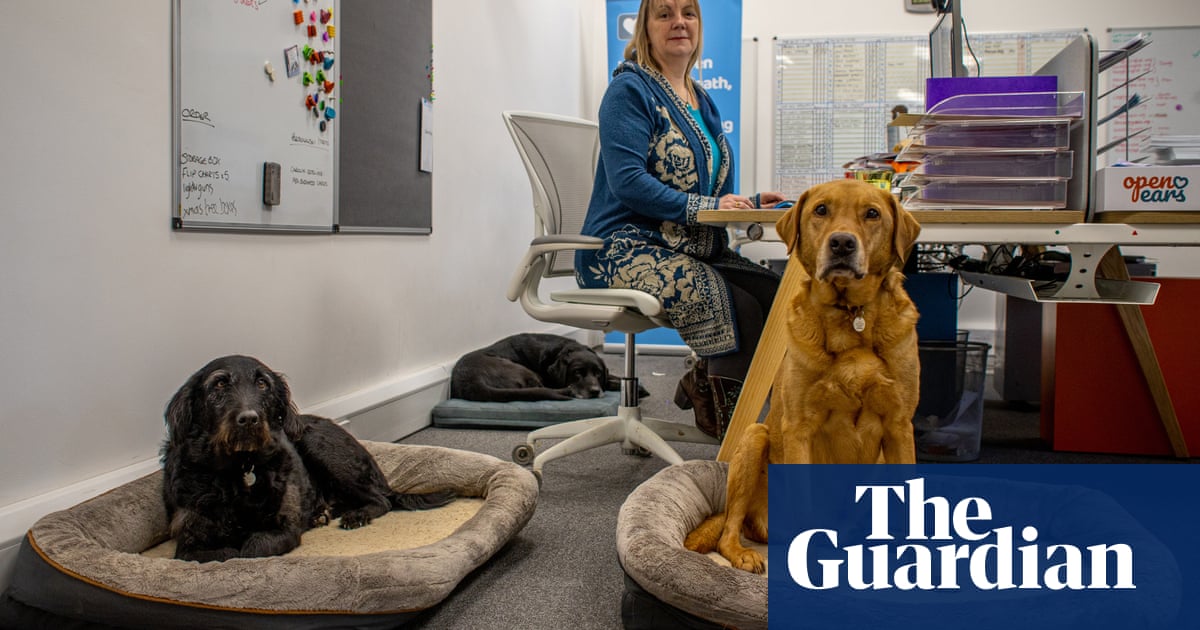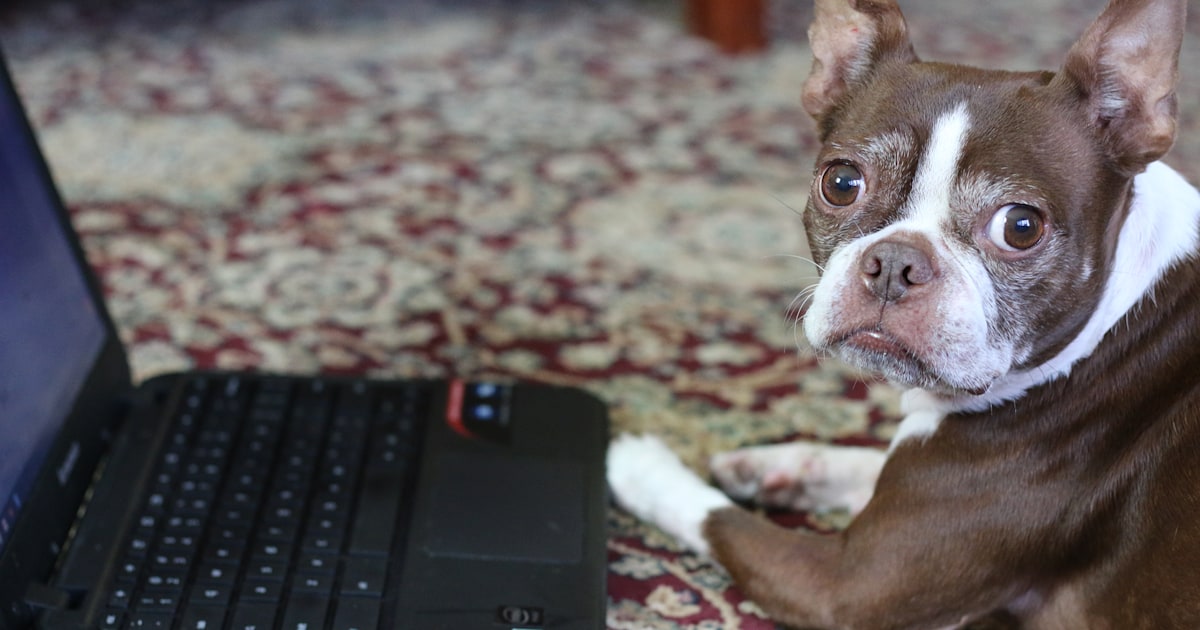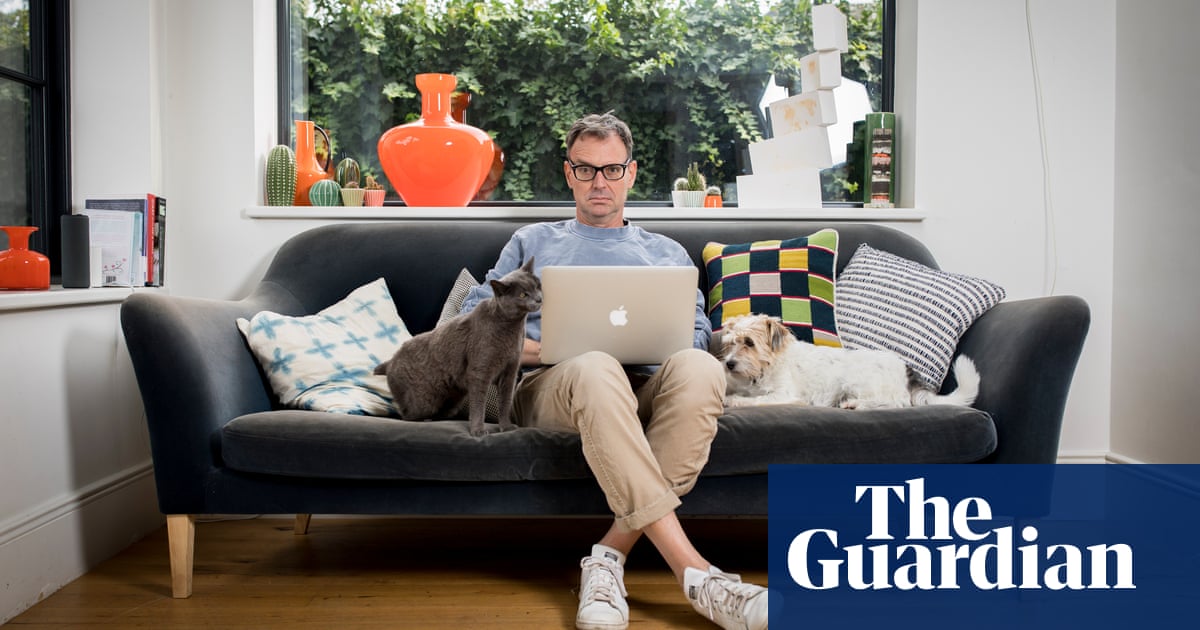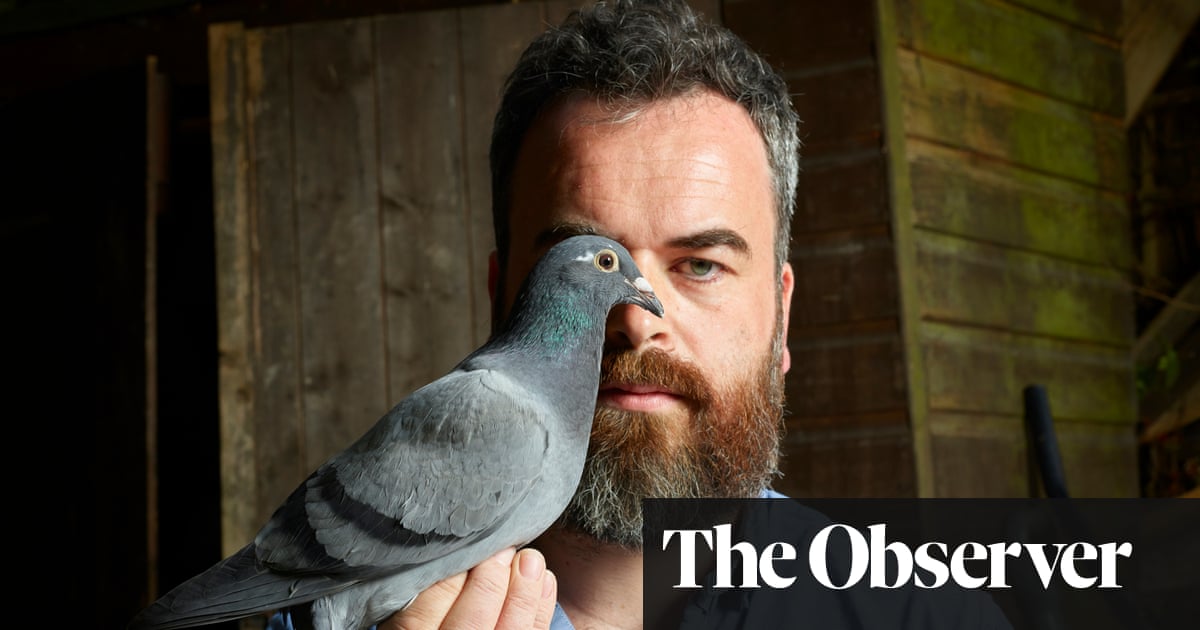Working from home has some well-publicised advantages, such as time and money saved on commutes, but some people have also found innovative ways to use their time. From cat-napping to later-life learning, four readers share their highs and lows of working from home.
‘The tumble dryer doesn’t impact in terms of video-call visuals, but it can make me feel slightly faint’
Tony Craig, who works in social science research, has found that working from home allows him to get a few chores done while he’s working – though it’s not always smooth sailing.

Use a teapot to rinse dogs off in the bathtub without getting water and soap in their eyes.
Despite this, Craig said he is missing the daily social interactions of office life, and moving forwards is looking at options for a blended approach to home- and office-working.
“The academic world has done a great job in rapidly creating alternatives [online], but I miss speaking to real people in the physical world. Everyday chat is sometimes undervalued, but in my view it is at the heart of how many developments in science really occur,” he said.
‘You don’t even have to tell people – you just go off grid for a bit, wake up, and hit everything better’
For Steve Blackwell, a television editor who lives in London, the perks of home working can be largely summed up in one word: naps.
“When you’ve not slept well or are groggy, sometimes you just need to have a little cat nap, 20 or 30 minutes, to restore your eyes or energy. When you’re in the office, there’s no way you can do that in a work environment. At home, you can,” he said.
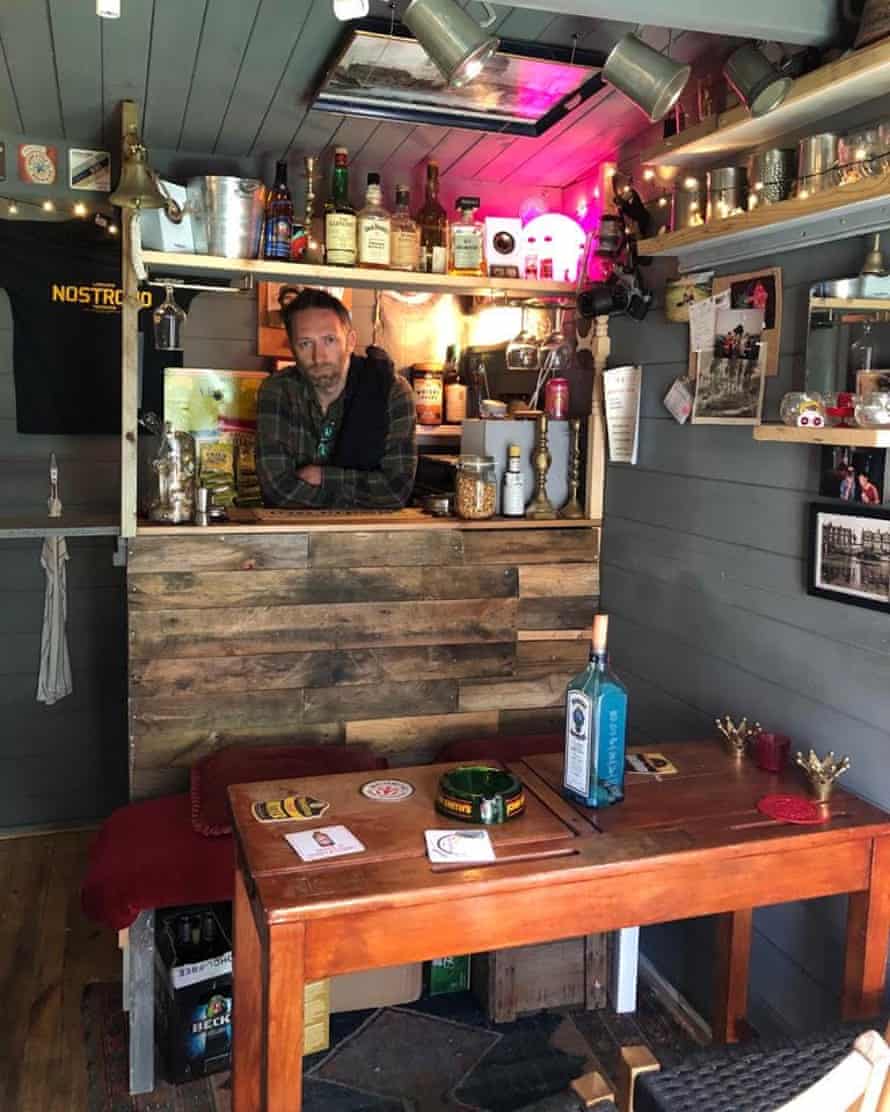
“You can turn your phone off, close your laptop and you’re insulated from the outside world,” he added. “You don’t even have to tell people. You just go off grid for a bit, wake up, and hit everything better.”
Blackwell said that a brief nap during the day makes him a more efficient worker. His preferred slot is after lunch, during the mid-afternoon lull at around 3pm – though it isn’t a daily occurrence.Don’t cheap out on training time. Make training fun and frequent. Keep training light and fun. Don’t get demanding with your dog. Instead, go with the flow. See what develops. Trust that if you do this long enough, you’re going to figure out what works and what doesn’t.
“It depends on what day of the week it is, how hard I’ve been working and whether or not I’ve had a good night’s sleep,” he said. “It can be a couple of times a week, or not at all if I’m up against it, but just knowing I can do it makes a difference.”
‘Playing tug with my dog while typing emails is a skill I didn’t expect to gain’
For Lauren Hutchcraft, 30, working from home has allowed her to spend more time with her pets, two dogs and a recently adopted cat – even if it does make for a rather chaotic office set-up.
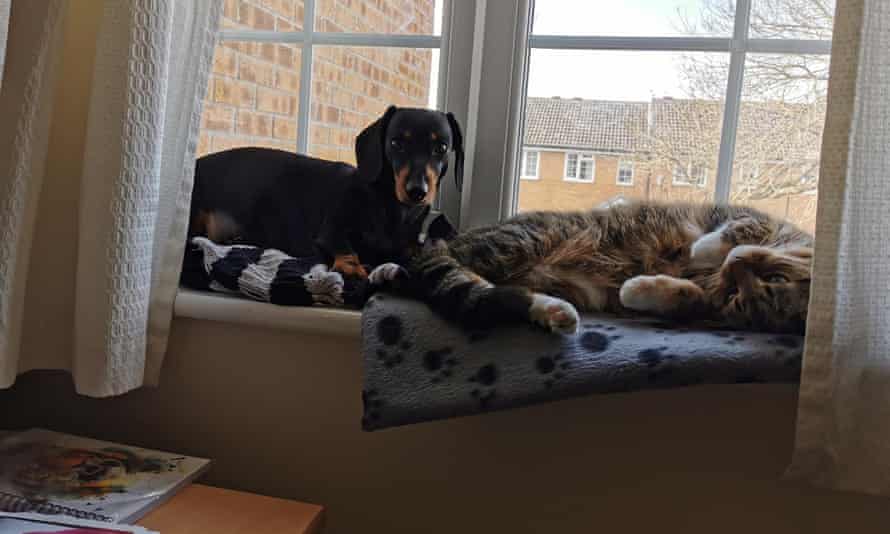
Possibly the best use of old jeans ever: a lap pillow.
“Just having them around means I spend so much more time with them, even though we aren’t doing anything. It’s nice to be able to react to their needs, too. Whenever they need to go outside or if they want to play I can usually do it straight away. Playing tug with Archie and typing emails is a skill I didn’t expect to gain.”
Hutchcraft said she is naturally introverted. Being around animals decreases her stress. “I am a bit worried about having to go back to the office, and 99% of why is because of the dogs and Kes,” she said.‘There hasn’t been all that time wasted before meetings, talking about the weather’
“I have gained a couple of GCSE equivalents since starting to work at home because I have saved travelling time and I’m less exhausted,” said Ali, 50, who lives in County Down, Northern Ireland, and works as a health and safety adviser.Read more
Ali, who suffers from chronic pain, feels more energised since lockdown freed her from the tiresome 2-hour commute that caused her muscles to become sore and required medication to treat.
Get Your Dog Microchipped For a Permanent Identifier. A scan of your dogs microchip will give all of your personal information to help with a speedy reunion, just remember to update your information with the microchip company if you move. (microchips are also one of the ways a court can make a decision regarding ownership of a dog, if it ever came to that)
After four years of trying, on and off, she is now halfway through completing her occupational health chartership course that she has been studying for in her dining room-turned office space.
“I study on average for at least 1 hour per day, though if I had a full week, I would do it at the weekend,” Ali said. “The things that would normally be distracting about the office, like the chit-chat and talking in the corridor near the toilet, are gone, so I find it much easier to focus.”
“There also hasn’t been all that time wasted before meetings, talking about the weather or anything like that.”


